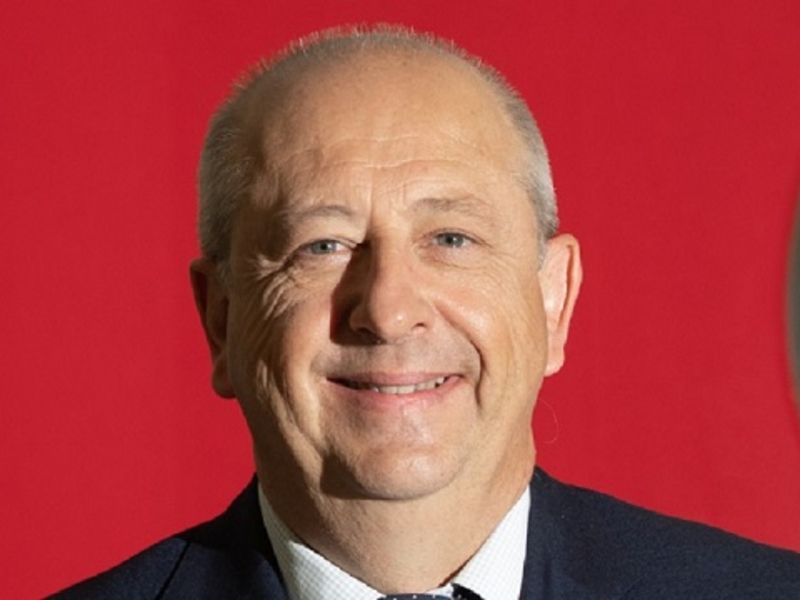
MILAN — Alfa Romeo, the premium Italian line with a racing heritage, must do better in the crucial U.S. market, the CEO of the brand said.
Frenchman Jean-Philippe Imparato ran the Peugeot brand for PSA until the merger with Fiat Chrysler formed Stellantis on Jan. 16, when he was put over Alfa Romeo. He has assembled a mostly Italian leadership team and has American industry veteran Larry Dominique, who had been plotting Peugeot’s return to the U.S., in charge of North America.
Alfa Romeo sales in the U.S. rose 25 percent in the first quarter, a little more than the segment’s 20 percent rise, according to the Automotive News Research & Data Center. But it still ranked 14th out of 15 luxury brands in the market, having pulled ahead of only Jaguar.
“We must improve the quality of our business model in terms of economic performance, product quality and the right distribution channels,” Imparato said at a roundtable with Italian media on April 21.
Alfa Romeo is in the midst of a product plan review after the Stellantis merger. A five-year business plan for the brand is expected late this year or early next year.
Imparato praised the current two-model lineup — the Giulia sedan and Stelvio crossover — as “fantastic” vehicles and confirmed two more nameplates will debut in the next couple of years.
The Tonale compact crossover will be launched in June 2022; it will share its underpinnings with the Jeep Compass and feature a plug-in hybrid version.
A small crossover, possibly called Brennero, will follow in 2023. It is based on the former PSA’s eCMP architecture, which also enables a pure battery electric version. Production is expected to start with the battery version, followed by an all-wheel variant pairing a gasoline engine with an electric motor per axle in mid-2024.
Imparato declined to say when the Tonale will reach the U.S. The Brennero — smaller than the Italy-built Jeep Renegade — could be too small for North American consumers.
Imparato did say all future Alfa Romeo models will be electrified, either as plug-in hybrid or as battery electric vehicles.
How can Alfa Romeo keep true to its roots without a combustion engine? Road-handling, he said, will be the key to ensure Alfa’s distinct feel.
Over the previous five years, Alfa Romeo was managed by two North American executives, first Reid Bigland, then Tim Kuniskis, and Imparato complimented them and their team for “managing to enter such a difficult market as the U.S., a market where nobody waits for you.”
But Alfa Romeo must be managed from Italy, he said, with a fully dedicated team. (Bigland and Kuniskis typically had other responsibilities.) He said his 49-person top management team is nearly 100 percent Italian now, and that 40 percent are female — an unprecedented level of gender diversity for any of the former FCA brands.
Dominique, who had a 20-year career at Nissan North America and ran TrueCar’s ALG, had been pondering an asset-light return to the U.S. for Peugeot as CEO of PSA North America. Now he will bring those insights to the Italian brand.
“He’ll lead Alfa Romeo and teach us how to navigate the U.S. market,” Imparato said.
Imparato said he was surprised by the brand’s high awareness — not just in Europe, but also in the U.S. and China. “Alfa Romeo has the potential to be the global premium brand of Stellantis,” he added.
Luca Ciferri contributed to this article.